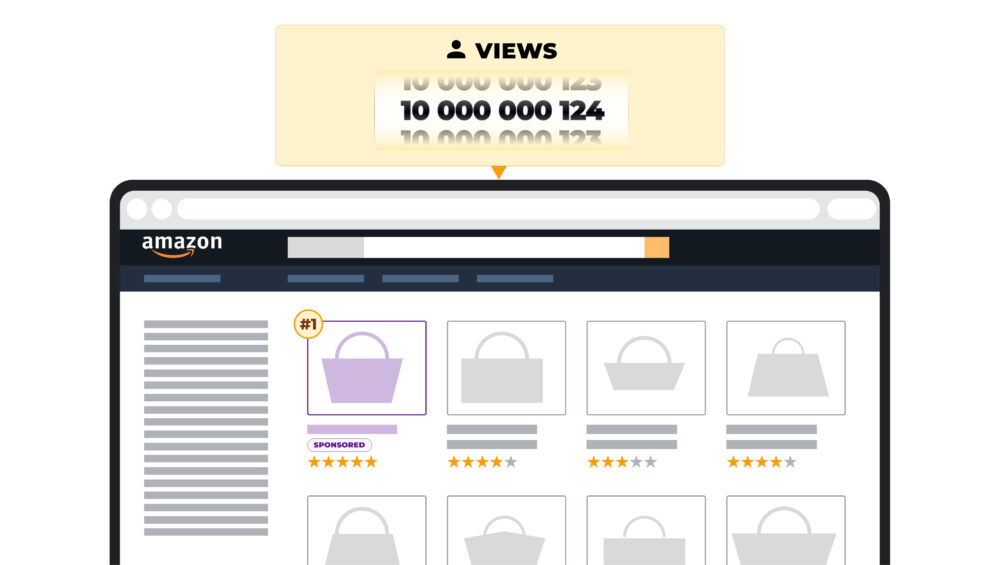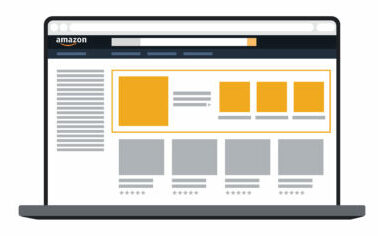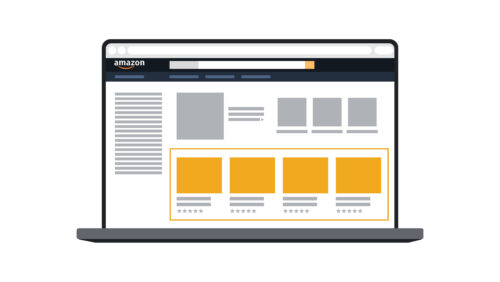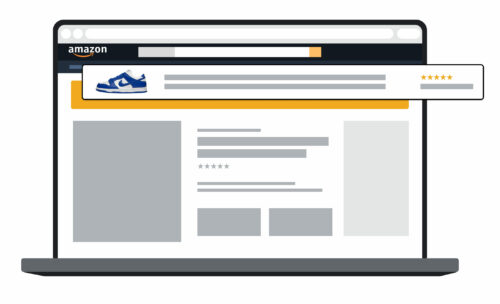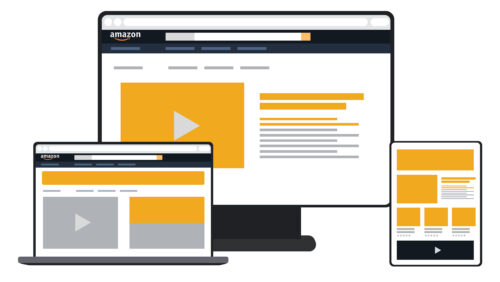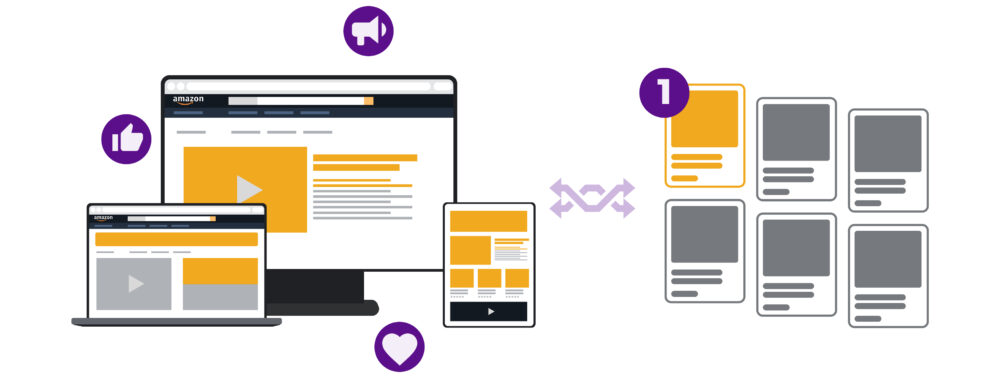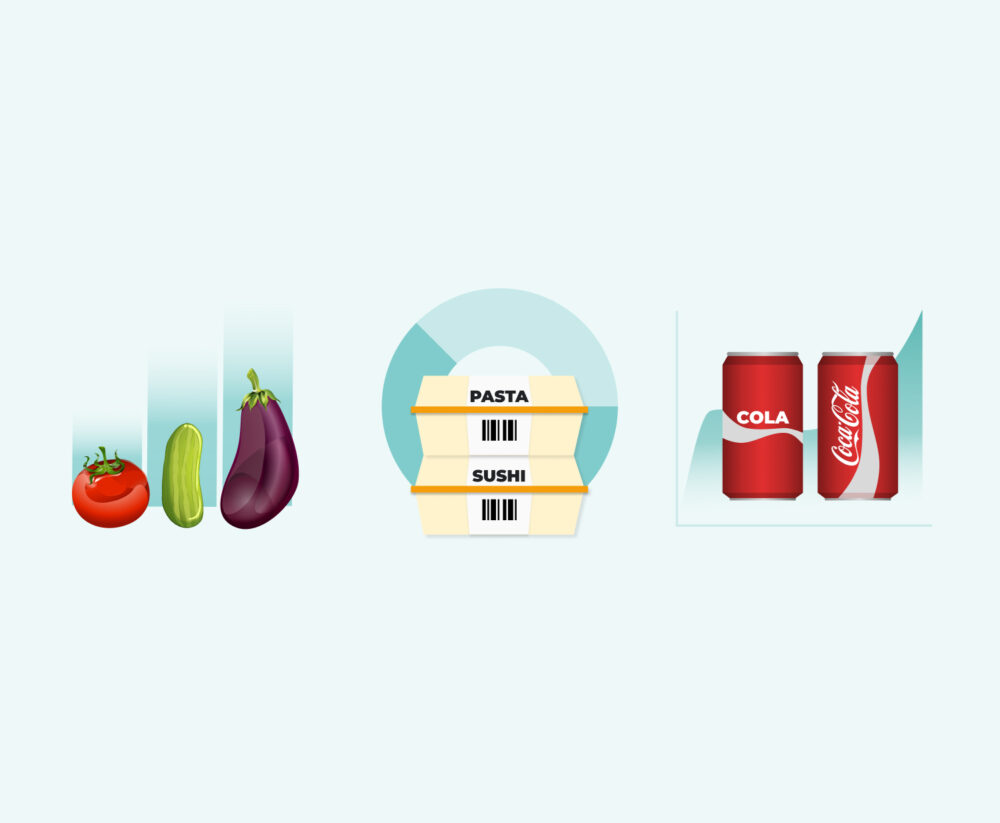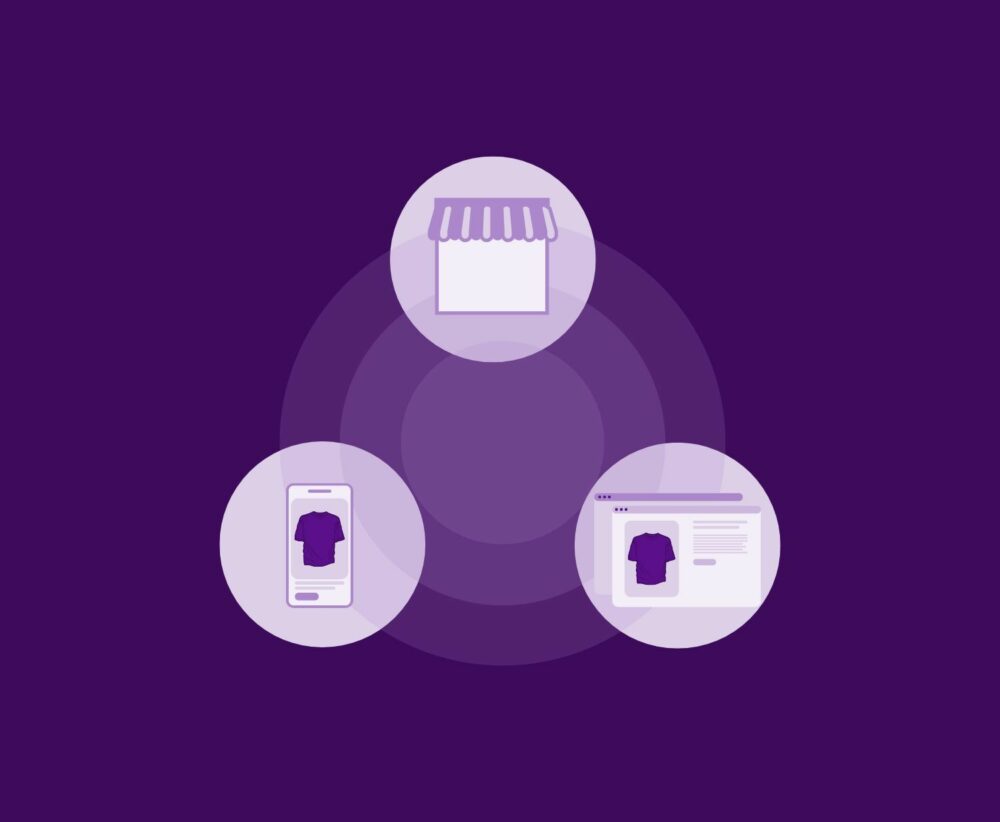Smart Advertising on Marketplaces: Boost Your Visibility and Stand Out from the Competition
In a digital universe where every click counts, achieving visibility on marketplaces is becoming increasingly complex. The number of product listings is growing relentlessly, and with it, the competition. On platforms that attract millions of users a month, only those who manage to connect effectively with the shopper achieve success.
This is where Retail Media comes in: advertising hosted on websites, apps, digital displays in-store or on marketplaces. With sponsored formats and advanced targeting, this strategy allows you to impact the customer at the precise moment of search, shortening the positioning times demanded by organic strategies. However, to fully exploit the potential of these campaigns, it is essential to articulate them with an optimized Digital Shelf, capable of offering an impeccable product experience from the first glance to the final purchase.
In this article, we will explore how smart advertising on marketplaces, combined with effective Digital Shelf management, can transform your visibility and make you stand out from your competitors.
Why Invest in Retail Media on Marketplaces?
Every day, millions of users browse the main marketplaces looking for products. This constant flow of shoppers makes these platforms essential shop windows for brands of all sizes. However, the same dynamic that attracts consumers also generates a saturated environment. Thousands of similar listings can coexist on a single marketplace. Standing out from so much choice requires more than an optimized title: it needs paid visibility.
Retail Media has become established as the alternative to a purely organic strategy. While improving a marketplace’s internal SEO or optimizing descriptions can take months to bear fruit, sponsored ads offer an immediate effect. Sponsored formats, banners on the homepage and prominent spaces in categories allow your brand to appear in top positions and with an attractive design. Furthermore, thanks to the vast amount of data these marketplaces handle, it is possible to segment audiences with an unprecedented level of detail: from search frequency to the last purchase made.
Data supports this approach. According to eMarketer, global spending on Retail Media will grow at a compound annual rate of 17.2% between 2024 and 2028, reaching over $200 billion in just four years. In addition, several market studies have shown that advertised products experience up to 30% more clicks than those organically positioned. This increase in visibility translates, in most cases, into sales growth of between 10% and 20% during the campaign period.
The effectiveness of Retail Media is backed by concrete data. These figures illustrate how a smart Retail Media strategy can transform an overlooked product listing into a best-seller on a marketplace.
Retail Media Strategies to Increase Visibility
Advertising visibility has become a key factor in any Retail Media strategy, as it allows you to know for sure whether ads are being effectively seen by users. As explained by Amazon Advertising in its guide on visibility, this metric doesn’t simply measure total impressions but only those that have a real probability of being seen.
But what constitutes a “viewable” impression? The most widely accepted definition, established by the Internet Advertising Bureau (IAB) and the Media Rating Council (MRC), indicates that a display ad is considered viewable if at least 50% of its area appears on screen for a minimum of one second. For video ads, the threshold increases to two seconds. While these are the most commonly used guidelines, they may vary slightly depending on the medium or platform on which the campaign is served.
Below, we review some Retail Media strategies that can help you increase the visibility of your products.
1. Sponsored ads and advertising formats on marketplaces
In Retail Media, there are different types of sponsored ads that brands can use according to their objectives:
Sponsored Brands: Designed to increase brand awareness, allowing several products to be highlighted alongside the logo and a personalized message. Their prominent placement in search results helps capture attention from the outset.
Sponsored Products: Focus on boosting sales of specific products. They integrate naturally into search results, making them appear organic and, therefore, more trustworthy to shoppers.
Sponsored Display: Allow you to reach wider audiences on and off the marketplace, using behavioural data to display personalized ads. They are particularly useful for retargeting users who showed interest but didn’t buy.
Video Ads: Offer a highly visual and interactive format. They are ideal for telling brand stories, showing how a product is used or highlighting its benefits in an attractive and direct way.
Choosing the right type of ad allows brands to better align their advertising investment with specific objectives such as generating awareness, boosting conversions or recovering missed opportunities.
Imagine a cosmetics brand launching an anti-wrinkle cream line. To maximize impact, it could combine a sponsored product ad in the “facial cream” search with a banner in the “Skincare” section. This combination ensures both active (the user is searching directly) and passive (the consumer is browsing and discovers the brand) visibility. In this way, reach is multiplied and brand recall is strengthened.
2. Campaign segmentation and personalization
Intelligent segmentation is the heart of any successful Retail Media strategy. Marketplace platforms have extensive data on user behaviour: search history, previous purchases, dwell time and clicks on products. This data allows for the design of highly personalized audiences. For example, it’s possible to target campaigns at users who have searched for similar products or abandoned baskets containing your brand’s listings.
This personalization goes beyond simple demographics. It includes contextual factors, such as the time of day or the device from which the search is conducted. In this way, your ad arrives at the precise moment with the correct message. If a user researches a television in the afternoon from a mobile phone, you can show them a special offer in the evening that reinforces the urgency to buy and its compatibility with mobile devices.
3. Optimizing advertising budgets
Another pillar of smart advertising is efficient budget management. Just as click costs can vary depending on the category or season, your resources must be adjusted to these fluctuations. A good practice is to allocate greater investment to products with higher margins and turnover, while recalibrating bids in high-conversion categories.
To do this, it is fundamental to monitor campaign performance daily. With real-time data, you can increase investment in those creatives and segments that generate better results and reduce it where the return is low. This cycle of continuous optimization increases the profitability of each pound invested and boosts the visibility of star products.
The Invisible Synergy: How Retail Media Enhances your Digital Shelf (and vice versa)
On a marketplace, the shopper journey doesn’t end when they click on the ad. That’s where it begins. The product page is the stage where that interaction converts or is lost. Often, brands invest in advertising and neglect the subsequent experience: low-quality images, ambiguous titles or incomplete descriptions hinder conversion. To avoid this, it’s essential to work on the Digital Shelf in parallel with the Retail Media strategy.
A well-curated product experience multiplies the impact of advertising. Each listing must offer clear and attractive information: professional photographs, precise titles and detailed descriptions. When a user lands on the product page after clicking on an ad, they expect to find exactly what they saw. If the promise is fulfilled, the bounce rate decreases and conversion increases. In fact, recent studies show that almost 70% of listings on marketplaces suffer from content or broken link problems, which can lead to lost revenue and wasted advertising spend.
At the same time, a good Retail Media campaign boosts a marketplace’s internal SEO. Each purchase resulting from an ad improves the listing’s organic positioning, generating free impressions in the medium term. It’s a virtuous circle: more paid clicks increase traffic and, thanks to the positive reviews left by satisfied customers, the listing’s authority grows.
In short, Retail Media and the Digital Shelf are not strategies that should be used in isolation. They feed each other. Advertising investment attracts qualified traffic; an optimized catalogue converts it. This invisible synergy is what separates the leaders from the rest.
Measuring Results: Key KPIs for Evaluating your Visibility
Without data, any strategy is a shot in the dark. That’s why defining clear performance indicators is essential for monitoring and optimizing your Retail Media actions. Here are the most relevant:
- Cost per click (CPC): Indicates how much you pay for each click on your ad. On Amazon Ads, the average CPC in 2025 stands at $0.98 per click. A figure that has been rising over the last year, requiring bids and targeting to be fine-tuned to maintain profitability.
- Click-through rate (CTR): Reflects the percentage of impressions that generate clicks. The average on Amazon is approximately 0.4%, although in categories such as electronics, it reaches up to 0.45%. A high CTR indicates relevant ads and effective creatives.
- Cost per acquisition (CPA): Measures how much each sale or conversion costs. On Google Ads, the average CPA for search campaigns in 2024 was $66.69 per lead. On marketplaces, this figure varies depending on the category, but it’s advisable to compare it with product margins to ensure that each acquisition is profitable.
- Return on ad spend (ROAS): This is the ratio between revenue generated and advertising spend. A ROAS of 3:1 is considered acceptable in Retail Media, while 4:1 or higher indicates highly efficient campaigns. On Walmart Connect, sponsored products achieved a ROAS of 3.2 thanks to competitive CPC and refined targeting. For Google Ads, the global average is around 200% (2:1).
To gather and analyze this data, there are native tools from each marketplace and specialized platforms such as flipflow. With automated dashboards and real-time alerts, you can react instantly: maximize your ROI on Retail Media or remedy flaws in Digital Shelf listings that are losing conversions. Only in this way will you achieve a cycle of continuous improvement that optimizes spending and boosts visibility.
Trends and recommendations
Retail Media is constantly evolving. Artificial intelligence and machine learning are automating bid management and segmentation, predicting audiences with a high probability of conversion. Dynamic ads, capable of personalizing the message based on the user, are gaining traction. At the same time, the omnichannel experience is emerging as the next frontier: consumers want consistency between marketplaces, own stores and social media.
Within this trend, the use of interactive formats—short videos or augmented reality—is emerging as a way to capture attention in an increasingly saturated environment. In addition, collaborating with content creators and integrating User-Generated Content reinforces the authenticity of product listings.
To stay ahead of the curve, brands must invest in technology and talent. A key need will be to establish cross-functional teams that bring together marketing, trade marketing and technology to manage advertising campaigns more efficiently.
Having an in-house team with Retail Media expertise or partnering with a specialized partner will guarantee optimal use of advanced tools and the application of best practices. Simultaneously, nurturing the Digital Shelf with high-quality content will be the cornerstone upon which all paid advertising actions are built.
Conclusion
Smart advertising on marketplaces has become an essential component for standing out. Its sponsored formats, combined with surgical segmentation, allow you to reach the right audience at the right time. But these campaigns only unleash their full potential if they land on an impeccable Digital Shelf. Crisp photographs, clear titles, comprehensive descriptions and positive reviews make up the experience that converts curiosity into purchase.
Measuring each step through well-defined KPIs ensures a process of continuous optimization. And technological trends, from predictive AI to omnichannel, will set the direction in the coming years. Therefore, investing in Retail Media and the Digital Shelf is not an option, but a necessity. Only in this way will brands be able to boost their visibility, maximize their return on investment and become leaders in the fierce competition of marketplaces.

